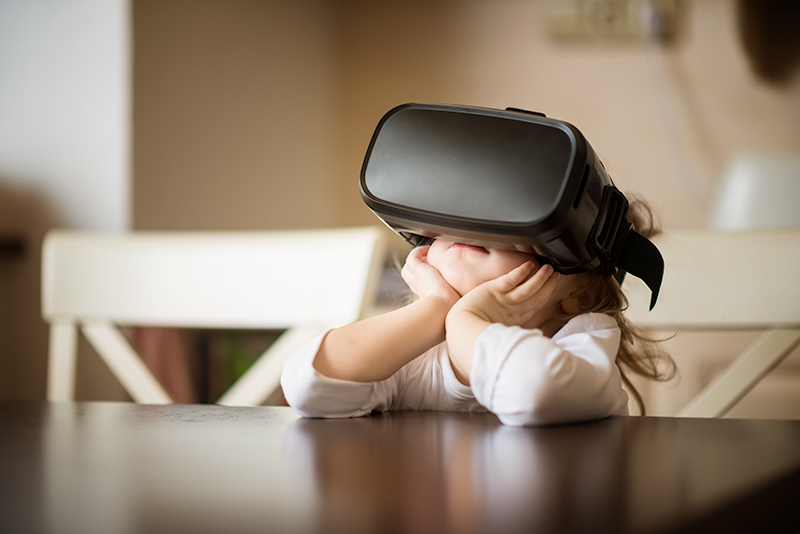Steven Spielberg’s movie adaptation, “Ready Player One” brought up some interesting ideas. Amid the futuristic depictions of technology and a corporate world gone mad in 2045, one subject seemed to strike a chord with audiences. No, not the nature of our identities, and not the possible dystopian future that awaits us — they were talking about how sweet that virtual reality (VR) tech looked. Sophisticated VR headsets and omnidirectional treadmills allowed characters to interact with digital worlds in impressive ways.
Think about how this tech would affect the film industry itself. Do we really have to wait 25 years to use technology like this?
Actually, we’re much closer to making this technology a reality than you might think. Virtual reality has been evolving and catching on rapidly in recent years, but so far only serious gamers and tech enthusiasts are driving consumer adoption. However, the film industry could be on the precipice of some major, exciting changes due to VR.
Could VR threaten or transform traditional cinema? Are the masses even ready for VR to enter mainstream theaters? Let’s explore these questions.
Virtual Reality: The State of VR Tech Today
VR is already making a splash in many ways. In order to understand how VR tech might change filmmaking, it helps to have a broader understanding of how it has affected other industries. This includes video games, TV shows, and applications beyond entertainment. The types of content being created and the growth of companies innovating in VR tech are shaped by the success of VR content. Let’s look deeper into each medium:
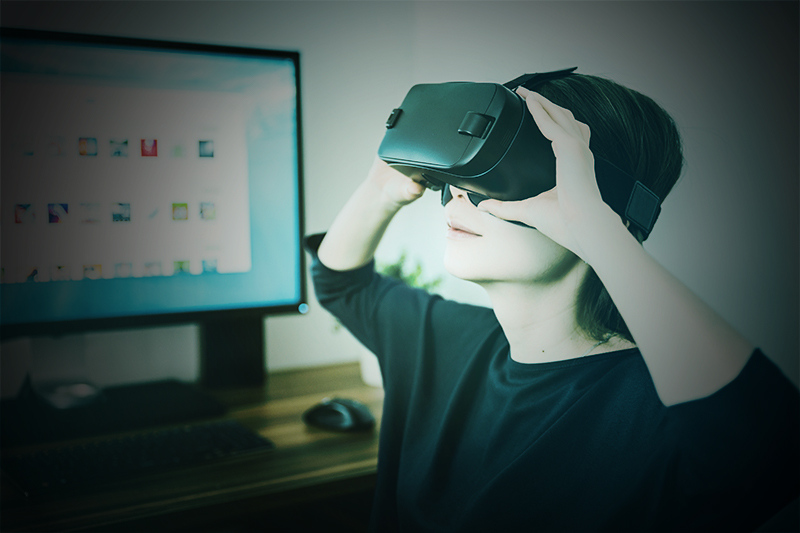
Video Games
The general public may be aware of some early examples of VR in video games — Nintendo’s Virtual Boy and Sega’s “VR” shades likely come to mind — but modern VR systems and peripherals make these early concepts seem downright primitive.
Today, cutting-edge VR gaming is dominated by devices like the HTC Vive, Oculus Rift, and Playstation VR. Ambitious projects are on the horizon, but in the interim, gamers looking for content-rich games can try some applications that have been redesigned and re-released with VR in mind (one example is: The Elder Scrolls V: Skyrim VR).There are also more casual experiences for mobile devices. Often, VR games are short, unique experiences designed to explore new gaming possibilities. With headsets ranging from luxurious to affordable, a wide range of users can get an idea of how the future of VR gaming might develop. While the total number of VR users is modest, VR gaming is a growing niche. As more software is developed to support this technology, adoption rates will likely rise.
TV Shows
The concept of a VR-based TV show seems unusual, but it is an extremely immersive and promising format. If you want to get an idea of how this works, simply go online; plenty of YouTube, Hulu, and Oculus TV videos can be viewed using this tech. Many producers are developing more full-fledged TV shows. For example, Samsung has six shows from a variety of genres in development.
This concept is being embraced by filmmakers in creative ways. Being able to step into the shoes of a character in an ongoing narrative has the potential to be a powerful and engaging draw for consumers. While the adoption rate is small at the moment — not everyone is ready to swap their home theater seating for an obstacle-free VR playground — it is growing rapidly and has the potential to become a major part of the industry.
Applications Beyond Entertainment
There is also a variety of apps outside of entertainment that show the capabilities of VR, and it is important to assess these as well when considering the future of the technology. Here are some examples:
- Some workplaces have begun using collaboration software that uses VR to organize information and communicate with peers via 3D avatars.
- Educators have begun utilizing VR to allow students to participate in virtual simulations and take “virtual tours” through areas of historical or cultural significance.
- Surgeons are using VR headsets, along with haptic technology, to learn medical procedures through virtual simulations.
- Musicians and visual artists have access to a range of VR software that allows them to compose unique works of art within a digital world.
Clearly, virtual reality is becoming an increasingly common part in everyday life. These applications are significant because they increase awareness and acceptance of the technology — and with this comes the increased likelihood of success within the world of filmmaking.
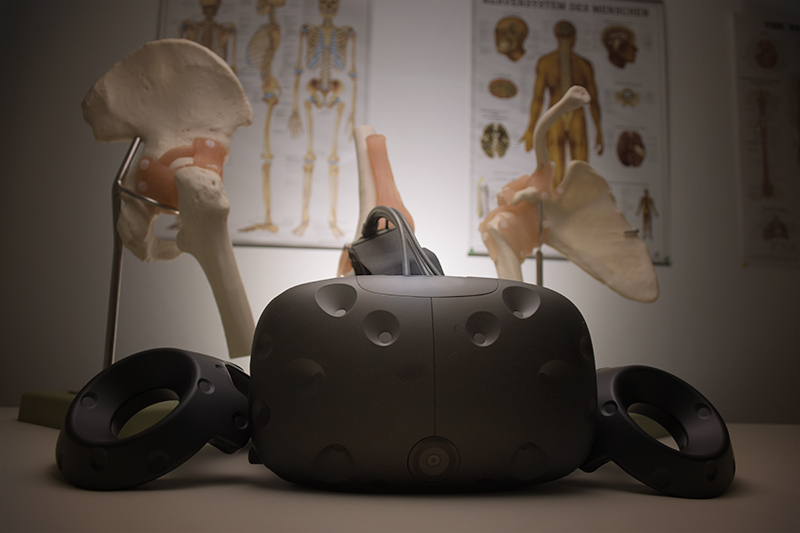
Movies
In the same vein as VR TV shows, this technology is being used to transform cinematic experiences as well. Major players include It’s a natural step forward from IMAX technology, which has played a major role in cutting-edge film for the past few decades. Actually, IMAX has adopted VR, creating IMAX VR centers around the world. It is also being taken seriously as an artistic endeavor. Film festivals (including Sundance, Tribeca, and Venice) have begun to incorporate VR in their proceedings in the past couple years.
Like the other industries discussed in this section, however, VR is not quite mainstream yet. Vanguards in the industry are looking to change that. Filmmakers at Protozoa Pictures, for example, are producing a million-dollar trilogy about exploring space “called Spheres.” This begs the question: “Will virtual reality replace traditional cinema?
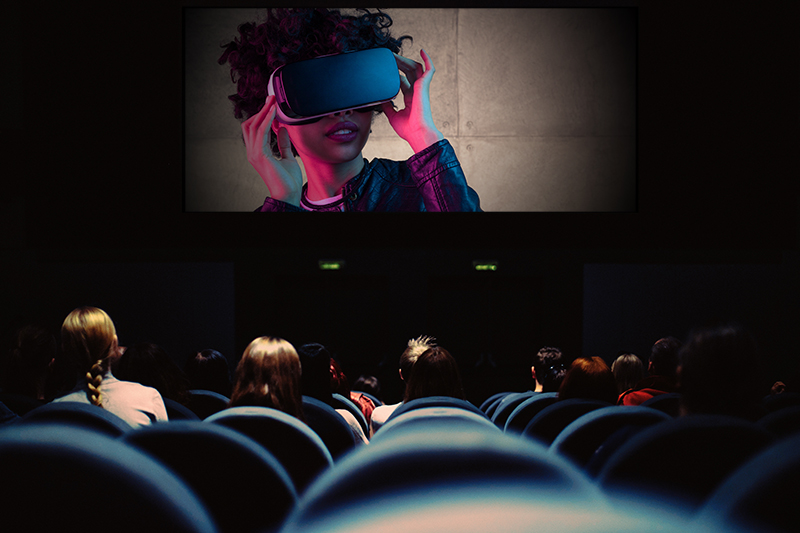
Can Virtual Reality Really Replace Traditional Movies?
The question of whether or not VR will replace traditional movies hinges on two important factors:
- Can VR films recreate the traditional moviegoing experience?
- Will the quality of VR films continue to attract audiences after the novelty fades?
When it comes to the first of these questions, we have to analyze the social cinematic experience. With the second, we’ll be taking a look at some lessons we’ve learned from the troubled history of 3D movies.
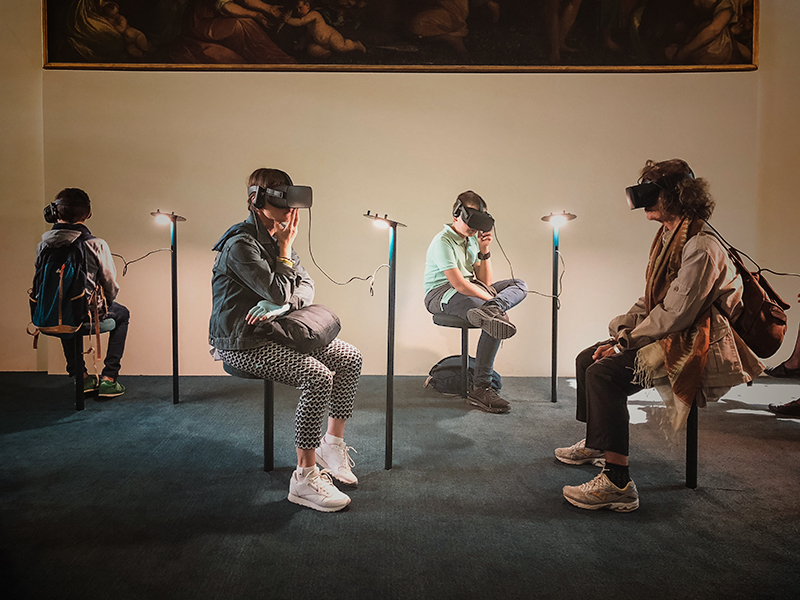
Immersive vs. Social Cinema Experiences
Ask anyone who has spent a couple hours using VR and you’ll hear a common sentiment: “It felt like the world around me disappeared — like I was in another world.” In the context of the traditional moviegoing experience, that “world” includes the theater and, more importantly, the audience.
Anyone who has joined an audience in singing along with music from “The Rocky Horror Picture Show” or throwing spoons at the screen during a showing of “The Room” knows that the social component of going to a movie can be a big draw. With the added immersion of VR comes the loss of this social experience. Adding to this complication is that some audience members experience motion sickness and other unpleasant side effects as a result of VR, leaving many unable to join in comfortably.
Is there a point in going to a theater if all you’ll be doing is strapping on a headset?
One solution, as explored by IMAX VR (noted above), involves turning traditional theaters into interactive experiences and allowing customers to interact with each other in these simulated worlds. Head-to-head competition and friendly cooperative play with loved intellectual properties sounds fun for some demographics, but it clearly doesn’t supplant traditional movies.
So, while VR experiences can be social in nature, they don’t replace traditional movies. Those looking for the social aspect of going to movies will likely stick with the latter.

3D Movies: Lessons Learned
Through the rise, fall, and second rise (and possibly a looming second fall) of 3D movies, we’ve learned some important lessons. For many early adopters of 3D TVs, the early 2010s was a time for reassessing their home theater’s seating-to-screen distance. For filmmakers, this was a time to reassess how format impacts narrative, and vice versa.
Arguably the most important of these lessons is that technology alone does not sell tickets — at least not for long. Avatar created some major buzz for 3D movies in 2010, but a following bevy of subpar movies painted the format as nothing more than a fad. When filmmakers began to view the format in the same way due to declining ticket sales, 3D iterations of films became lazy afterthoughts. Audiences were unimpressed.
It’s important to remember that technological innovation can lead to impressive short-term surges in ticket sales, but keeping audiences engaged requires good content. In order for VR to thrive as a format, filmmakers need to take it seriously, shaping critically and commercially viable movies that will keep audiences coming back for more. VR should enhance those experiences; they shouldn’t be the primary attraction. Weaving narrative and VR technology to create unique and memorable stories could be the key to earning interest and respect for the format. Like 3D movies, VR will only find success when filmmakers take it seriously.
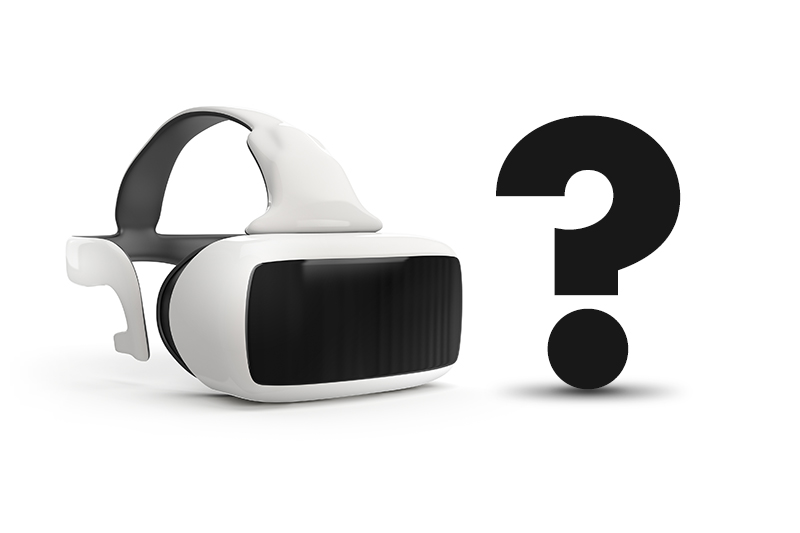
The Future of VR Movies
Considering current iterations of VR and VR movies aren’t winning audiences over, how does the future look for this format? It depends on whether VR innovators are able to win over audiences. In order to ensure that such films can go mainsteam, production companies will need to:
- Build a familiarity with and acceptance of VR across the market.
- Find a way to blend immersion with the social cinematic experience, moving beyond basic gaming.
- Reduce instances of motion sickness and other negative responses to VR as much as possible.
- Create gripping narratives that naturally work within the context VR technology, rather than lean on it as a gimmick.
The future of VR movies could be bright. While they probably won’t replace traditional cinema, there is no doubt that they could become a complementary source of entertainment, potentially blooming into a powerhouse industry. With the right attitude and a spirit of innovation, producers and filmmakers could move the entertainment world into exciting, unchartered territory.
